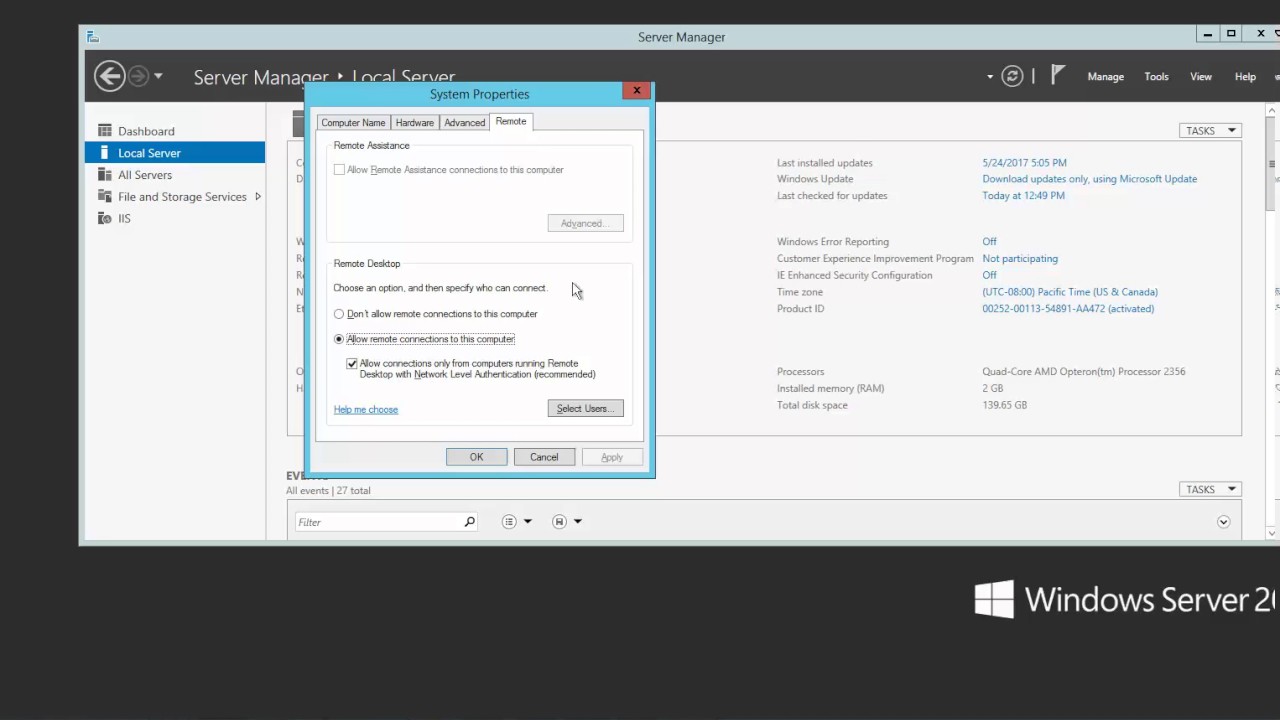
- #Desktop groups for windows install#
- #Desktop groups for windows license#
- #Desktop groups for windows windows 7#
- #Desktop groups for windows windows#
#Desktop groups for windows windows#
In June 2021, Microsoft announced that it had rebranded Windows Virtual Desktop to Azure Virtual Desktop, effectively reimagining how the service gets offered to its customers. Rebrand: Windows Virtual Desktop to Azure Virtual Desktop
#Desktop groups for windows license#
You can get this license either through the existing on-premises user/device RDS client access licenses (CALs) or via a CSP.
#Desktop groups for windows install#
You must also install remote desktop services (RDS) licenses for remote access. You can also use the Azure Hybrid Benefits to transfer your on-premises license to the cloud. You can obtain the Windows Server license through the pay-as-you-go pricing scheme on Azure. Instead, you require a Windows Server and Office 365 environments license. To use Windows Server, you do not need individual Windows OS licenses. Microsoft also supports individual licenses that cover the following access: Microsoft A3, Microsoft A5, and Microsoft Student Use Benefit.In the case of Windows Virtual Desktop, these licenses include: Alternatively, you can transfer your existing suite license that includes access to virtual applications and desktops. To access Windows 7, Windows 10, or Windows 11 on Windows Virtual Desktop, you must buy the license through the Azure platform.
#Desktop groups for windows windows 7#
Below are licensing options for Windows 7 and 10 and for Windows Server that are available through Windows Virtual Desktop: Windows 7, Windows 10, and Windows 11 Microsoft provides several licensing options that organizations and individual users can use to access Windows Virtual Desktop. Every user is assigned to a particular host pool with a defined Azure AD in a Windows Virtual Desktop environment. These are consumers to whom the organization wishes to deliver virtual applications and desktops. An enterprise can use tenant groups if multiple tenants require deployment, such as hosting partners or cloud service providers (CSPs). Tenant groups allow IT administrators to organize users, host pools, and application groups. IT administrators can use a tenant to create host pools, build application groups, assign users to their host pools and make connections via an interface. A Windows Virtual Desktop tenant is a collection of one or more host pools. IT administrators can use application groups to provide end-user access to specific applications. These are collections of applications available in a particular session host. IT administrators use host pools to assign virtual applications and desktops to users. A host pool is a set of one or more identical hosts or VMs within the Azure environment. Windows Virtual Desktop has various components, including: Currently, users can access the Windows Virtual Desktop resources via multiple OSs, including Windows, macOS, Android, iOS, and any platform with an HTML5-compatible browser. This means that endpoints that access the applications and desktops do not directly run the OS, applications, desktops, and user settings. Organizations can use Windows Virtual Desktop service to deliver virtual applications and desktops to their employees via Azure’s cloud infrastructure.
Virtual machines (VMs) for multiple users and desktops get hosted on the Azure platform in a Windows Virtual Desktop environment. Windows Virtual Desktop is Microsoft’s desktop as a service (DaaS) offering. Learn more about Azure Virtual Desktop versus Windows Virtual Desktop to find out why Microsoft has rebranded Windows Virtual Desktop.


Microsoft has added new features to its core Azure Virtual Desktop platform with this rebranding, such as a new application-streaming pricing option and enhanced support for Azure Active Directory (AD). Microsoft has rebranded its Windows Virtual Desktop as Azure Virtual Desktop, expanding its vision to become a cloud-based virtual desktop infrastructure (VDI) for nearly any use case.


 0 kommentar(er)
0 kommentar(er)
